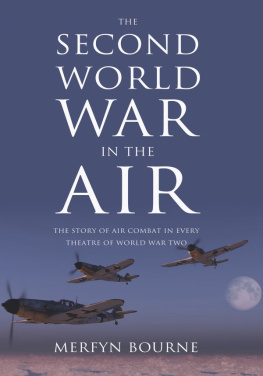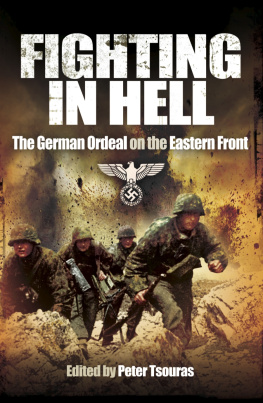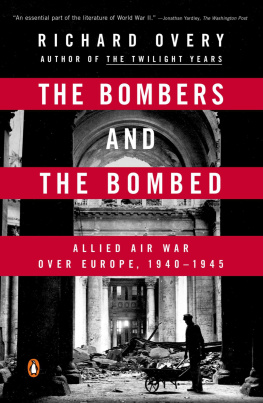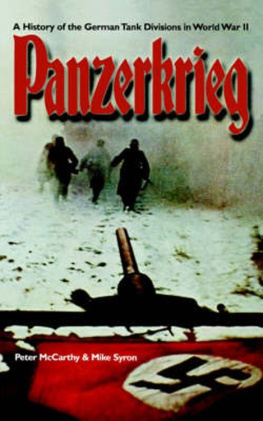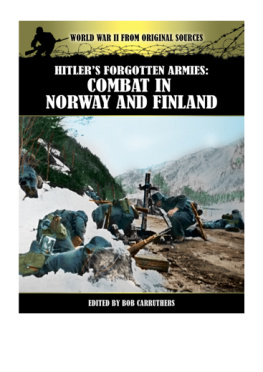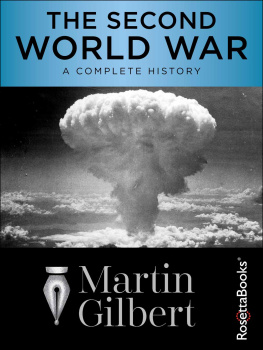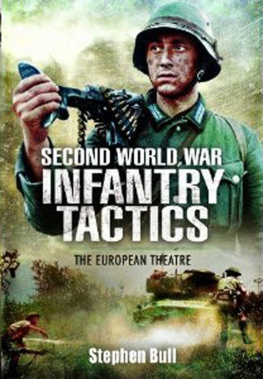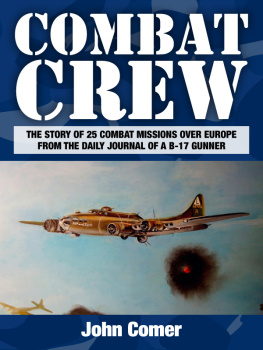Copyright 2013 Merfyn Bourne
The moral right of the author has been asserted.
Apart from any fair dealing for the purposes of research or private study, or criticism or review, as permitted under the Copyright, Designs and Patents Act 1988, this publication may only be reproduced, stored or transmitted, in any form or by any means, with the prior permission in writing of the publishers, or in the case of reprographic reproduction in accordance with the terms of licences issued by the Copyright Licensing Agency. Enquiries concerning reproduction outside those terms should be sent to the publishers.
Matador
9 Priory Business Park,
Wistow Road, Kibworth Beauchamp,
Leicestershire. LE8 0RX
Tel: (+44) 116 279 2299
Fax: (+44) 116 279 2277
Email:
Web: www.troubador.co.uk/matador
ISBN 9781780886770

Matador is an imprint of Troubador Publishing Ltd
For Vanessa
The origin of my interest in the aviation of World War Two lies in the fact that my first school was situated at the end of the runway of Croydon Airport, then the principal London airport. No small boy could fail to be impressed by the sight of silver-bellied passenger planes wobbling slowly over the school playground as they came in to land. The origin of this book was my unavailing search for a history of air combat in World War Two that covered the whole war rather than the part the author knew best and which was a narrative history rather than an analytical assessment.
This book makes no pretensions to deep scholarship: its use of original sources is limited and it boasts no historical discoveries. Its aim is to tell the story of the Second World War in the air in a straightforward consecutive manner in a single volume. It is designed for any general reader with an interest in the history of the period and for aviation enthusiasts as well, though experts in the field may find it simplistic in places. It is bound to be so in the light of the amount of information that has to be packed into a single volume.
I have resisted the temptation to describe one theatre from first to last and only then move on to another, simply because the reality is that events all over the world happen together at the same time and not in conveniently watertight sections. The result is that the second half of the book jumps back and forth between various theatres of war in a staccato fashion but I make no apology for this. The men taking the important decisions at the time had to turn their minds from one theatre of war to another in rapid succession and if the reader has to do the same then this only adds to his appreciation of the difficulties they faced and, it is to be hoped, will add to the immediacy of its impact. Of course there is nothing to stop you tackling the chapters out of sequence in order to follow developments in one theatre of war at a time.
Whichever way it is approached there is no getting away from the fact that this book is not a thriller and it includes a considerable number of statistics and administrative details that are essential to give a full picture of the subject though some readers may find them heavy going. At the end of the day air warfare at this time was a numbers game, perhaps more than at any other period of aviation. As a general rule in World War Two, if you had more aircraft you won and if you had less you lost. It took a big imbalance of training or equipment quality to defeat that rule.
One surprising problem that I have encountered is the unexpected difficulty of obtaining accurate facts. Much that might appear straightforward and factual turns out to be obscure and controversial. How many aircraft were shot down on 15thSeptember 1940, the climactic day of the Battle of Britain? The exact answer is unclear and is not very important anyway but other details are more significant. For instance the bomb-carrying capacity of the B-17 Flying Fortress is often wildly exaggerated even in the most reputable writing and this does matter because the whole course of the strategic war in the West was influenced by the fact that American heavy bombers carried substantially smaller bomb loads than their British counterparts. It seems to be a problem intrinsic to the subject that aircraft with an outstanding reputation are awarded inflated qualities by commentators and their shortcomings ignored. Equally, events that reflect poorly on the air forces of a particular country, are glossed over or selectively reported by the historians of that country and battles where the country excelled, are awarded excessive importance. For many years the Soviet Union led the field in this kind of disinformation and its official history of the Soviet Air Force in World War Two must be considered misleading at best.
The worst fields for technical errors are the details relating to the construction and performance of the aircraft themselves. There are many books filled with pages of specifications and columns of performance figures, but for a book concerned with the larger picture the figures are next to irrelevant and much of the time misleading as well. One reads that the such-and-such plane had a maximum speed of 350 mph. but this is quite divorced from reality.
The figure was derived from a test flight in ideal weather with a new aircraft in perfect condition carrying as little fuel as it could get away with, no ammunition or camouflage paint and flown by a highly skilled test pilot. In the front line these conditions were never repeated so the maximum speed figure is, in effect, a fantasy. Equally, bomb loads are a minefield of dubious information because the weight of bombs a given bomber could carry varied, according to the distance to the target, the further the target the smaller the bomb load. On the other hand most books list the maximum bomb load even though the bomber may never be sent against a target close enough for that figure to apply.
For these reasons I have in general tried to avoid giving too many figures relating to the capabilities of individual aircraft and contented myself with a short portrait of their worth in general terms. This does not mean that all technical detail has been abandoned and for those who find the figures dull I can only say that I understand their complaint, but they must content themselves with the thought that it could have been much worse.
I have tried to deal with everything of importance in the air war though, clearly, some subjects must receive more thorough coverage than others. At the end of the day this is a question of subjective judgement. Inevitably not everyone will agree with my decisions. I have kept coverage of the Battle of Britain under strict control because it has been covered so thoroughly in so many books and because its historical importance is, in my opinion, over-emphasized by British historians though one can understand why. It is only one of several crucial episodes in a six year war. Similarly the campaign against the U-boat threat has been pared down to the minimum, not because it is unimportant but because it was a relatively minor part of the air war as such, engaging relatively few men and aircraft compared to strategic bombing or ground attack.
I took the view that it would be misleading to ignore the build-up to the war because so much of what was done during the fighting was governed by attitudes and experiences formed or undergone in the pre-war years and the uses and limitations of aircraft were determined by design features of an evolutionary nature whose origins went back to the dawn of flight. I have therefore briefly summarized the history of flight from that very dawn to the outbreak of the Second World War.
I think this is important for a full understanding of what happened during the war and why events fell out as they did. I admit though, that this approach has led to a fairly lengthy overture before we arrive at Act One and if you cannot bear the delay you can cut straight to Chapter Five and the invasion of Poland.
Next page
